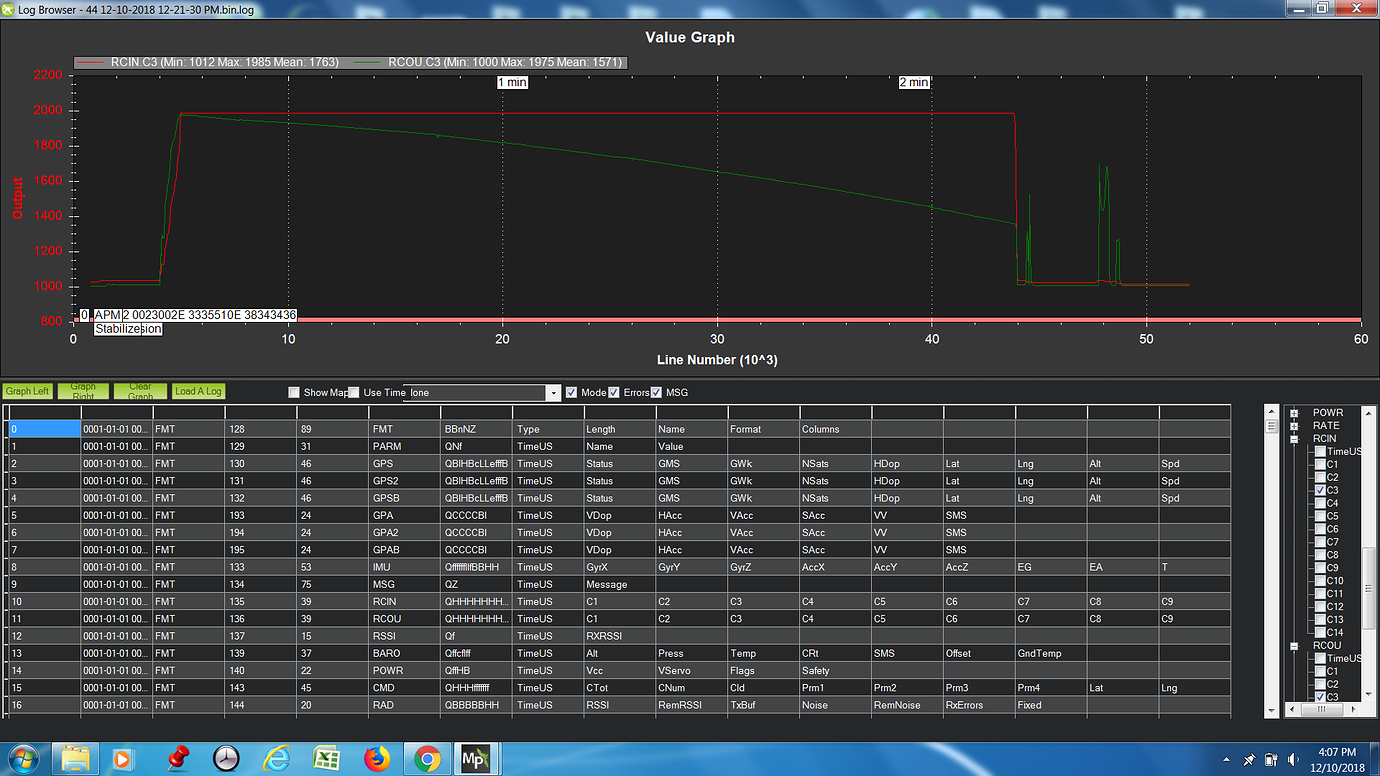

The identifying feature of poplar tree species is their green leaves with silvery-white undersides. Some species of poplar trees have serrated or toothed margins, whereas others have lobed leaves that resemble maple tree leaves. Typically, poplar tree leaves are triangular or heart-shaped with a pointed end and slightly rounded base. Poplar tree leaves are simple leaves arranged alternately on smooth twigs and vary in size and shape.

However, most species of birch trees have exfoliating pure white bark that peels off in strips. Poplar tree bark is more of a silver-gray color, and its bark doesn’t peel. The common white poplar tree can look like birch trees due to its bark. As poplar trees mature, the bark of many species darkens and becomes rough or fissured. These dark-colored lenticels look like horizontal scores or rough growth. An identifying feature of poplar trees is the lenticels on the bark.

The bark on poplar trees is smooth and often a white or silvery-gray color. This article examines the identifying features of Populus specie s with the name ‘poplar’ in its common name. It’s important to remember that tulip poplars or yellow poplars don’t belong to the poplar genus Populus.

Poplars are generally tall, fast-growing, and short-lived ornamental trees. All trees in the genus Populus share similar characteristics. Other common trees in the Populus genus are cottonwood trees and aspen trees. (6 – 10 m) away from your house, driveway, or patio because of the spreading root systems. It’s advisable to plant poplars between 20 and 30 ft. You’ll find that poplar roots can disturb lawns and push up pathways. Poplars have a shallow root system that can become invasive. These fast-growing trees are good choices for planting in wet, moist ground where there is plenty of space. Generally, poplars reach mature height after 12 years and grow for about 50 years in total. Native poplar trees are easy to grow and have a relatively short lifespan. Poplars are also perfect for tall privacy hedges to create a windbreak. Some poplars, like the Lombardy poplar ( Populus nigra ‘Lombardy’), have a columnar growth habit and are ideal privacy trees. Many poplar species are large ornamental trees with wide canopies, making for excellent shade trees. Poplar trees range in height and grow between 20 and 165 ft. Poplar trees belong to the genus Populus in the willow family Salicaceae. Descriptions and pictures of poplar leaves, bark, and flowers will help identify different species of poplar. This article is a guide to identifying common poplar trees. All poplar species are fast-growing trees that you will find growing in deciduous forests, as ornamental trees in parks or residential landscapes. Some species of poplars also have a fresh balsam scent.Īpart from the common white poplar tree ( Populus alba), other types of poplars include the black poplar ( Populus nigra) and balsam poplar ( Populus balsamifera). The white poplar is the most common poplar tree and has white bark and white and green leaves that seem to ‘twinkle’ in gentle breezes. Many poplar trees are identified by their bark’s color-white, gray, or black-and triangular, ovate leaves. Poplar ( Populus) trees are large deciduous trees with rounded to triangular leaves, attractive grayish bark, and small clusters of drooping flowers. Email Pinterest Facebook Twitter Linkedin


 0 kommentar(er)
0 kommentar(er)
